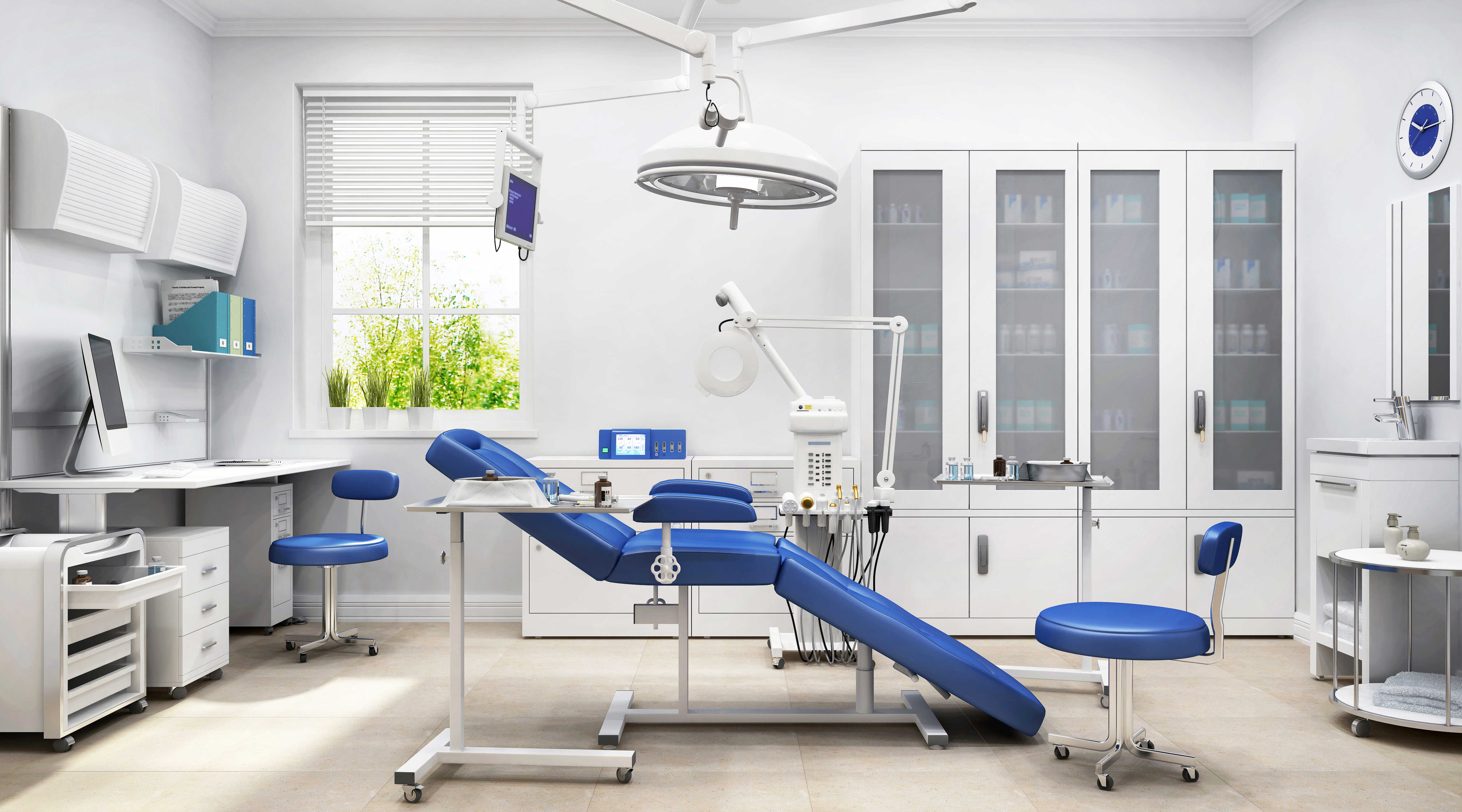
Our services
Early (severe) childhood caries
Oral and maxillofacial surgery
Endodontics
Aesthetic dentistry
Implantology
Orthodontics
Periodontology
Orthopedics
A dental implant is a modern treatment option that addresses edentulous problems and allows any edentulous patient to enjoy a flawless smile.
Essential components of a dental implant
The complete dental implantation system consists of three main parts, each playing a significant role in dental reconstruction:
The actual implant
This is the foundation of the entire system and is directly inserted into the jawbone. It functions as an artificial tooth root and is usually made of titanium due to its biocompatible and durable properties.
Prosthetic abutment
The abutment is the component that connects the implant to the crown or dental prosthesis. It is attached above the implant and serves as the element for final restoration.
Crown, bridge, or prosthesis
The final part of the system is represented by the crown, bridge, or prosthesis, which is fixed onto the prosthetic abutment. They are made to imitate the appearance and function of natural teeth, restoring the patient's aesthetics and chewing efficiency.
Actual implant: Artificial root integrated into the bone.
Prosthetic abutment: The connector between the implant and dental restoration.
Crown, bridge, or prosthesis: A noticeable replacement that resembles natural teeth.
A dental implant is a titanium screw that is placed in the jawbone to replace one or more missing teeth.
Advantages of dental implants:
Preserving adjacent teeth in the area of the missing tooth, keeping them intact.
Chewing without any issues.
Dental implants look and feel like natural teeth.
High biocompatibility, reducing the risk of allergy or rejection.
Long-lasting treatment.
Eliminates discomfort during mobile function.
Original aesthetics can be restored or even improved remarkably.
Stages of treatment:
Consultation with a specialist – radiological examination, assessment of the patient's general health condition, necessary tests, and adaptation of treatment to the presented situation.
Stage of surgical intervention - the implant is inserted into the bone, after which the body undergoes a period of time for its integration.
Healing period - wearing of temporary prosthetics, inserting the prosthetic abutment, and adding the dental crown.
Regular check-ups and strict hygiene play a very important role in the success of treatment. These check-ups allow you to prevent any condition or detect it at an early stage. The bone support should be evaluated quantitatively and qualitatively, representing the infrastructure on which the gums develop and correspond, as well as the support for the dental implant. Predictable methods for the regeneration of the jawbone exist to avoid any therapeutic compromise. This is presented by the growth of hard tissues (bone) and soft tissues (gums and mucous membranes) and additional care.
Types of dental implants
Regarding the replacement of missing teeth, we have several types of dental implants. Each type has its specific features designed to meet the diverse needs of patients. Here are four main types:
Mini dental implants
Mini-implants are thin, with a thickness of 1.8 to 3 mm, making them excellent for small spaces or temporary use. They are a great solution for patients needing support for prosthetics or in situations where bone space is limited.
Classic dental implants
Classic implants have a diameter ranging from 3 to 5 mm and are the most common and universally used implants. They are based on a solid structure and are generally used to support single crowns or larger prosthetics.
Fast and fixed dental implants
These implants are specifically designed to be inserted into solid bone locations and can support dental reconstruction with fewer implants. An ideal solution for quick and effective restoration.
Zygomatic dental implants
With larger sizes, zygomatic implants are intended for cases where the patient lacks sufficient bone in the jaw. These implants are anchored in the cheekbone, providing an alternative where other types of implants cannot be used. Each implant has its specific advantages and may be recommended based on the patient’s anatomical condition and needs. It is important to talk to your dentist to determine which type of implant is best for you.



